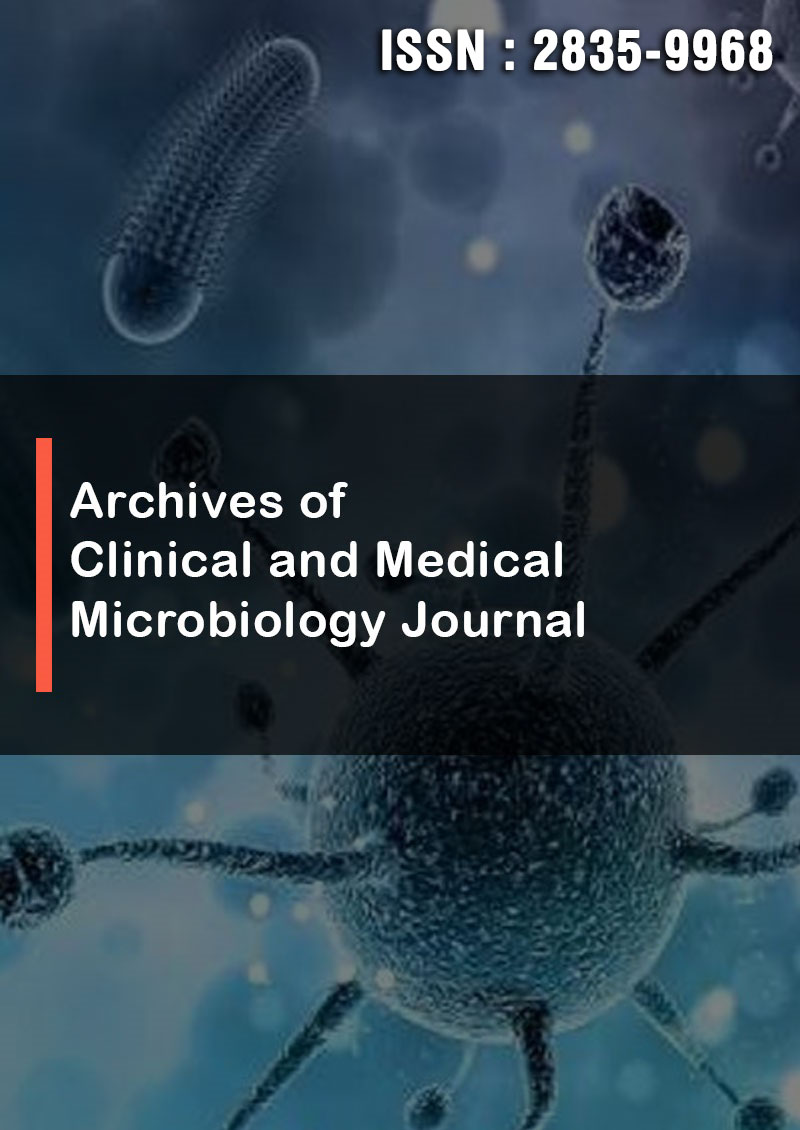Molecular and Microscopy Evaluation of Lymphatic Filariasis in Ilorin Metropolis, Kwara State Nigeria
Abstract
Prosper Omah, Onyebiguwa Patrick Goddey Nmorsi and Andy Ogochukwu Egwunyenga
Background: Lymphatic filariasis is widespread and a major public health problem in many developing countries with warm and humid climate and it is one of the most prevalent neglected tropical diseases. This study, evaluated the diagnostics performance of molecular and conventional microscopy method of Lymphatic filariasis in Ilorin Metropolis, Kwara State Nigeria.
Methods: Genomic DNA was collected from 45 human blood samples obtained from Ilorin, Kwara State. They were then amplified by PCR and detected through gel electrophoresis. The PCR products were purified with QIAquick PCR purification kit (Qiagen, Valencia, CA) and then DNA quantified for Sanger sequencing, Bio Edit Software were used for sequence alignment and editing. 37 sequences were selected for analysis by MEGA X software to access the evolutionary connection of W. bancrofti isolates.
Results: 37 (82.2%) PCR products were positive for W. bancrofti and 16 (35.6%) were Positive for Microscopy. Hence, the sensitivity of PCR (82.2%) while the specificity was (64.4%).With the microscopy, the chances of a negative samples turning out positive by PCR, also known as the positive predictive value (PPV) was (69.8%) while the chances of being picked as truly negative predictive value was (78.4%). In assessing the level of agreement show that microscopy has a weak agreement, Kappa index statistics (0.46) with molecular techniques 95% CI,0.2-0.4).
Conclusion: Since Polymerase Chain Reaction showed higher sensitivity (82.2%) as positive predictive value, it is therefore recommended to include PCR as complementary routine diagnosis for lymphatic filariasis especially subclinical cases due to W. bancrofti despite its relatively higher cost.



